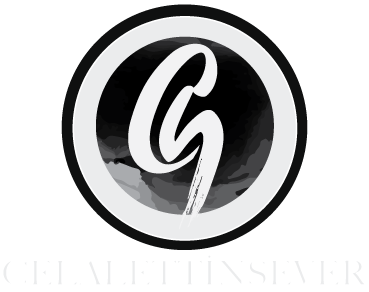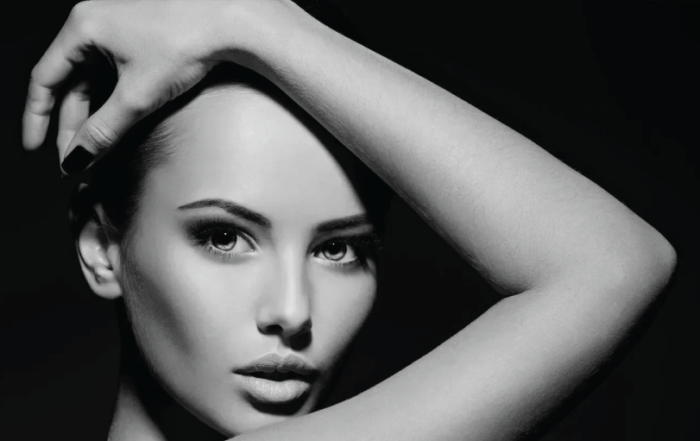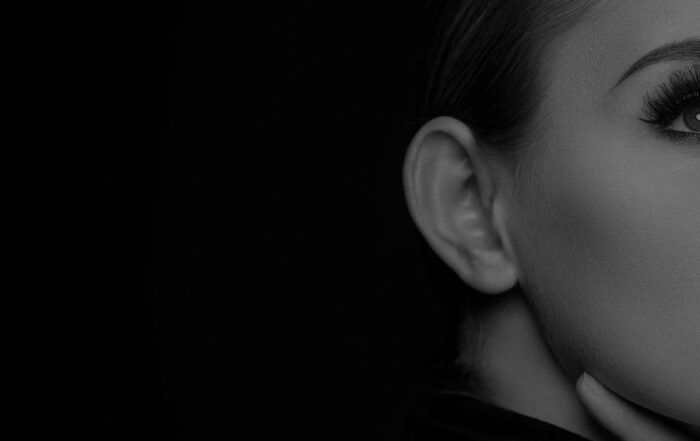Fat Grafting
Fat Grafting
Buccal Fat Removal
Buccal fat is fat between your cheekbones and jaw bones in your face. These fat pads help make up the shape of your face. Buccal fat removal is a surgery to remove the fat in this area of your face. This can highlight the bone structure in your face, especially your cheekbones and the hollowed-out areas between your cheeks and jawline. The procedure is also sometimes called a cheek reduction.
What is buccal fat removal ?
Buccal fat is the fat between your cheekbones and jaw bones that help make up the shape of your face. Everyone has buccal fat, but some people have more than others.
Buccal fat removal is a surgery to remove the fat in this area of your face. Removing this fat can highlight the bone structure in your face, especially your cheekbones and the hollowed-out areas between your cheeks and jawline. This procedure is also sometimes called a cheek reduction.
Buccal fat removal surgery is a type of plastic surgery. The decision to have plastic surgery is a personal one. It’s best to consider plastic surgery only if you truly desire to modify your appearance and not because someone else wants you to. It’s also important to consider the possible benefits and risks of having plastic surgery.
Who is a good candidate for buccal fat removal ?
Some people may feel the roundness in their cheeks creates a fullness to their face they don’t like. Having a cheek reduction can alleviate the sense of fullness or “chubbiness” of your cheeks.
You may consider having this procedure if you:
Don’t like the appearance of fullness in your cheeks.
Are otherwise healthy and have a stable weight.
You may not be a good candidate for buccal fat removal if your face is narrow or if you’re over a certain age, as buccal fat naturally diminishes with age.
Buccal fat removal surgery is usually performed by a healthcare provider with special training in plastic surgery procedures such as a licensed plastic surgeon.
Procedure Details
What happens before a buccal fat removal surgery?
Before buccal fat removal surgery, you’ll meet with your healthcare provider. They’ll discuss with you what you’d like to achieve from surgery, as well as what to expect during and after your procedure.
During your initial visit, your provider will examine you and likely take photographs of your face. They’ll also ask you general questions about your overall health, such as your family health history and any past surgeries you’ve had. They’ll take basic health information such as your blood pressure and discuss any current medications you take. It’s important for you to tell your provider about all of your medications, including herbs and supplements. For best outcomes, they may want you to stop smoking or using tobacco products prior to surgery.
During this time, your healthcare provider will address any questions you have and explain what to expect during the surgery. They can provide recommendations tailored to your specific goals and discuss any risks for the procedure.
What happens during a buccal fat removal procedure ?
Buccal fat removal can be done in a hospital or in your healthcare provider’s office, and you’ll go home the same day.
During your procedure, you can expect the following:
You’ll receive a local anesthetic to numb the skin on your face so you won’t feel any pain. You’ll remain awake during the procedure. If you’re having more than one procedure done at the same time, you may receive general anesthesia. Your provider will want you to arrange for transportation afterward if you receive general anesthesia.
Your plastic surgeon will make a small incision on the inside of your mouth on both sides of your face to expose the buccal fat pads.
Your provider will press gently on the fat pads to further expose them, then cut and remove the fat pads.
Finally, your provider will close the incisions with sutures. Often, the sutures are dissolvable. Your provider will let you know if you need to come back for suture removal after your procedure.
What happens after this procedure?
After your procedure, your healthcare provider will explain how to care for your incisions. They may give you a special mouth rinse to help with healing and prevent infection. You’ll be on a liquid diet for a day or two while your incisions start to heal. Gradually, you can add soft foods to your diet as your provider says it’s OK. Some things you can expect after surgery:
Swelling.
Bruising.
Numbness at the incision sites.
These should gradually fade as your body heals. Healing time is usually about three weeks. It will take time — usually several months — before you’ll see the final results.
Risks / Benefits
What are the risks associated with buccal fat removal surgery?
With any surgery, you must weigh the risks and the potential benefits of having the procedure. Your healthcare provider will discuss with you any risks so you can make an informed decision. Some risks associated with buccal fat removal surgery are:
Infection at the incision site.
Injury to facial nerves and/or salivary duct injury.
Numbness or sensation changes.
Asymmetry.
When can I go back to work/school/drive/eat?
You can return to normal activities when your provider says it’s OK — usually after a few days to a week.






